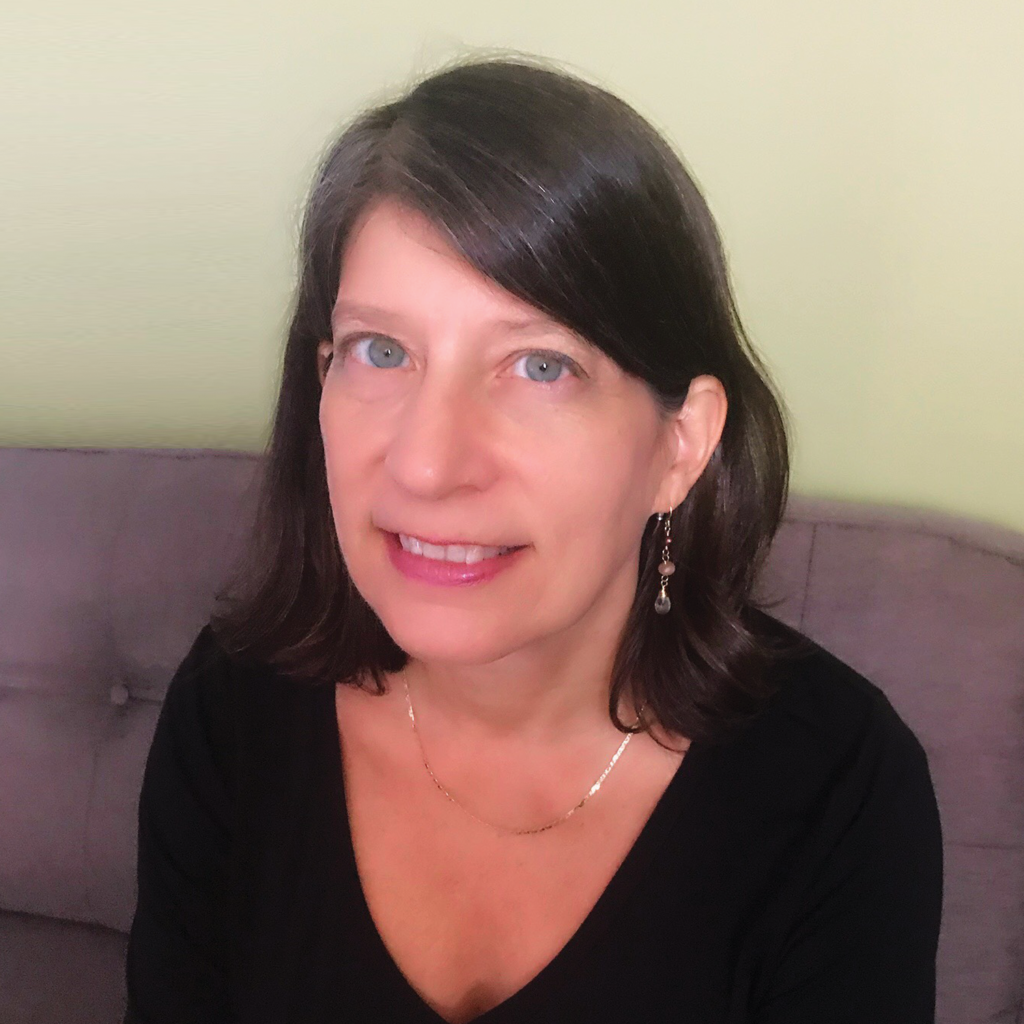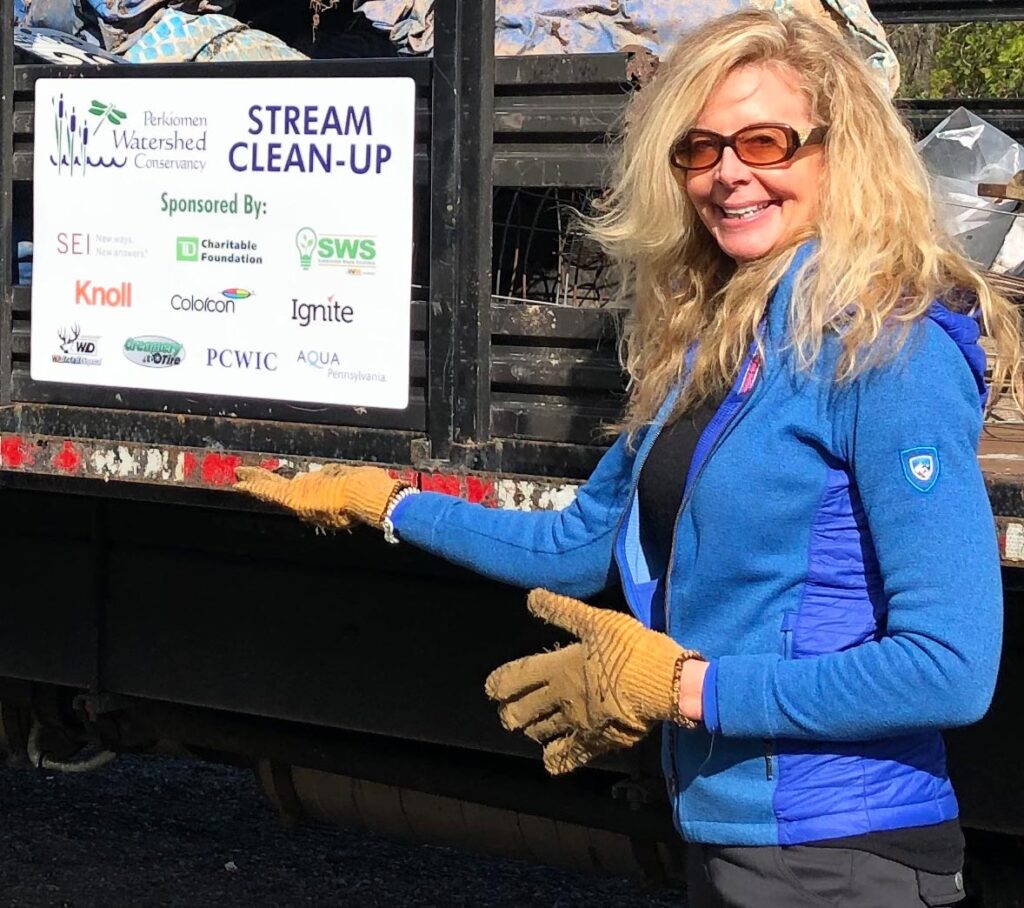
Water Table: Building consensus among the Delaware River’s stakeholders
| June 28, 2021
If in the past five years, you’ve talked to Kathy Klein, executive director of the Partnership for the Delaware Estuary, you’ve no doubt heard her hopes to develop a watershed-wide group focused on water quality that is open to all of the very divergent watershed stakeholders: from academics, to advocacy groups, to industry, to the environmental agencies of the four watershed states, and on and on.
She’s joined forces with three other strong women who work in the watershed, as well as the William Penn Foundation, to bring you: the Water Table.
It’s still a toddler compared with the organizations these women are a part of: Kelly Anderson is the program manager for the Water Resources Planning and Protection Program at the Philadelphia Water Department, Patty Elkis is director of planning for the Delaware Valley Regional Planning Commission and Skelly Holmbeck is the executive director of the Water Resources Association of the Delaware River Basin. (Here’s a story about WRADRB’s new president.)
The initial aims of the Water Table are:
- to build understanding, trust and compassion
- to start to identify common issues
- to expand people’s networks
The big deliverable? An action plan of shared commitments.

Kathy Klein is the executive director of the Partnership for the Delaware Estuary.

Kelly Anderson is program manager for the Water Resources Planning and Protection Program at the Philadelphia Water Department.

Patty Elkis is director of planning for the Delaware Valley Regional Planning Commission.

Skelly Holmbeck is the executive director of the Water Resources Association of the Delaware River Basin (pictured at a stream clean-up.)
The self-described ringleader of the group when three of the four leaders met on a sunny day in Stockton, N.J., is Elkis, which makes sense since the DVRPC is the project convener, but she is quick to point out that there is close collaboration among all four of the organizations mentioned.
Klein was the executive director of that organization for about three years before coming to the PDE and to some degree this project owes its birth to her experience there.
As it’s explained on the DVRPC website:
“This initiative formed in response to the realization that while the WPF (William Penn Foundation) Watershed Protection Program for the Delaware River Basin has engaged numerous conservation nonprofits, and more recently local governments, many professionals in the water user community (water utilities, industrial water users, the port community, and consultants that serve them) are not part of the conversation, although many share the mission to promote conservation and wise use of the Delaware River Basin’s water resources.”
Those last mentioned “professionals in the water user community” are essentially the members of the WRADRB.
According to its website, the Water Resources Association of the Delaware River Basin (WRA) was established in 1959 by representatives from industry, public and private utilities and other organizations that had wide-ranging interests in water resources and sought to ensure public participation in the management of the Delaware River and its tributaries.
Its membership is a who’s who of significant players in the river’s water issues. You can check them out here.
And it certainly seems wise to have those people involved in what has to be an ongoing, broad-based conversation about the watershed, especially in the era of climate change.
From her experience, Klein noted, “I became aware that the private sector was not always invited to be at the table, even though those were often the first people organizations run to when they need money.”
So what has this toddler been up to?
Well, it has a Steering Committee, which had its first meeting about a year ago. Here are its members:
- Kelly Anderson, Philadelphia Water Department
- Marc Cammarata, Philadelphia Water Department
- Skelly Holmbeck, Water Resources Association of the Delaware River Basin
- Kate Hutelmyer, Partnership for the Delaware Estuary
- Kathy Klein, Partnership for the Delaware Estuary
- Kim Long, Exelon
- Sandra Meola, Coalition for the Delaware River Watershed
- Meishka Mitchell, Coopers Ferry Partnership
- Susan Myerov, Pennsylvania Environmental Council
- Drew Shaw, Montgomery County Planning Commission
- Chris Sturm, New Jersey Future
- Steve Tambini, DRBC Delaware River Basin Commission
As you can see, right from the get-go, there’s been a desire to be as inclusive as possible. For the purposes of the Water Table, there are three significant sectors to bring together: nonprofit conservation organizations, the water-user community, and local government.
As Elkis said, “No one sector can do it all.”
With the aim of getting a better understanding of various sectors’ knowledge and perceptions of each other through in-depth interviews, interviews were conducted in the late fall of 2020 through early winter 2021. Here’s the summary.
And here’s the summary of the most recent Water Table meeting, held on April 16.
All the women acknowledged that there’s a lot of work to be done behind the scenes, as it were, before any specific actions take place. They also acknowledged that there are lots of misunderstandings among all the stakeholders and that, as is so often the case, trust is an issue.
From Anderson’s perspective, “Managing the watershed is all about connecting the dots. Everyone needs to be part of the conversation.”
The dots are the interpersonal relationships that help to build trust.
They have sent out a questionnaire that seeks to get at what the common areas are, and they were happy to see that most responses included — as a first step — spending more time with each other to get to know one another.
The women acknowledge that there are strong personalities in the watershed, and there’s lot of passion in all the sectors.
“Everyone want to improve water quality and improve access,” said Elkis. “How you get there is where there’s divergence.
“That’s where the rub is.”
At the moment, the Water Table is focused on the Philadelphia metropolitan area, which is where the work of the DVRPC is located: a diverse nine-county region in two states: Bucks, Chester, Delaware, Montgomery, and Philadelphia in Pennsylvania; and Burlington, Camden, Gloucester, and Mercer in New Jersey.
If you’re interested you can reach out to Patty Elkis at the Delaware Valley Regional Planning Commission: pelkis@dvrpc.org






